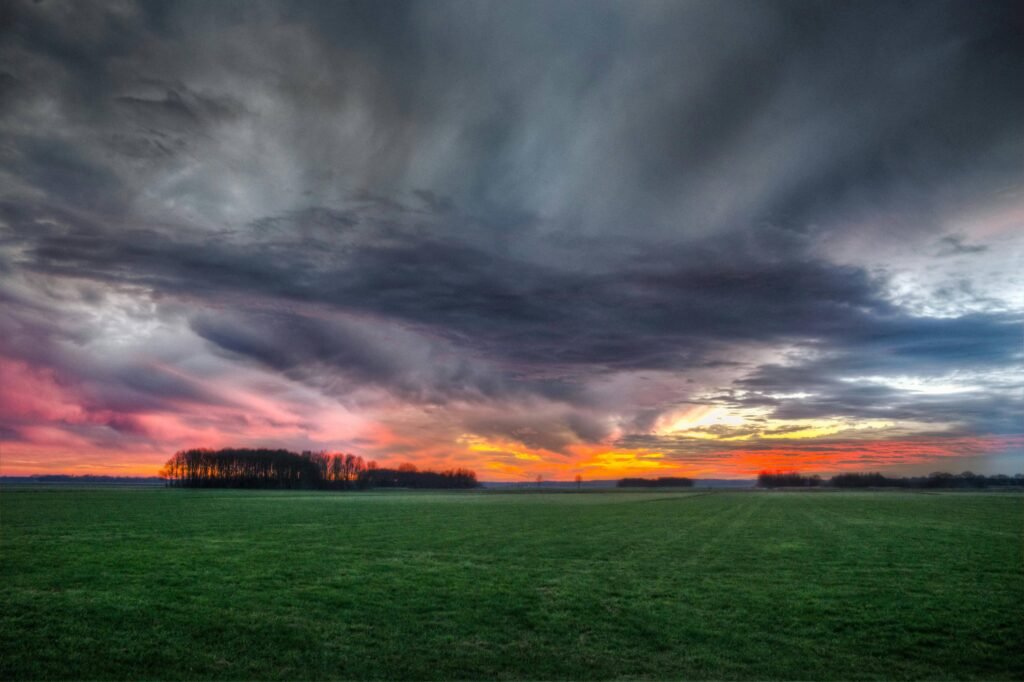
When it comes to livestock fencing in Florida, one size definitely doesn’t fit all. The fence that safely contains your cattle herd could seriously injure a horse, while horse fencing might not provide adequate containment for determined cattle. Understanding these differences protects your animals and your investment.
At Bells Outdoor Services, we’ve installed agricultural fencing across Marion County’s ranches and equestrian properties. We’ve seen the consequences when the wrong fence type is chosen—from injured animals to escaped livestock and costly repairs.
Why Fence Choice Matters for Animal Safety
Horses are flight animals with delicate legs and a tendency to run into fences when startled. Cattle are stronger, more persistent, and will push, lean, and test boundaries constantly. Your fencing needs to account for these fundamental behavioral differences.
The wrong fence choice leads to serious animal injuries, livestock escaping onto roads, liability issues, and ongoing maintenance headaches.
Horse Fencing: Safety First
Horses require fencing that prioritizes visibility and injury prevention. Their flight response means they may not see fences clearly when panicked, making visibility critical.
Best Horse Fencing Options
No-Climb Wire Mesh with Top Rail Often considered the gold standard for horse fencing. The tight mesh prevents hooves from getting caught, while the top rail provides visibility and strength.
Benefits: prevents leg injuries, highly visible, durable in Florida weather, difficult for horses to damage.
Board Fencing Traditional wood boards offer excellent visibility and classic appearance, though requiring more maintenance in Florida’s climate.
Benefits: maximum visibility, attractive for show facilities. Drawbacks: requires regular maintenance, higher initial cost.
PVC Rail Fencing Modern PVC systems provide wood’s visibility with reduced maintenance requirements.
Benefits: low maintenance, excellent visibility, flexible on impact. Drawbacks: higher upfront cost.
What to Avoid for Horse Fencing
Barbed Wire: Never use for horses. Can cause severe lacerations, and horses may run directly into it when startled.
Square Woven Wire: Large openings can trap horse hooves, leading to panic and injury.
Cattle Fencing: Strength and Containment
Cattle fencing focuses on creating strong barriers that can withstand pressure from large, determined animals. Cattle will lean against fences, scratch on posts, and constantly test boundaries.
Best Cattle Fencing Options
High-Tensile Wire Multiple strands create an effective and economical barrier for cattle operations.
Benefits: cost-effective for large areas, strong enough for large cattle, low maintenance, can be electrified.
Field Fence (Woven Wire) Traditional woven wire provides a strong physical barrier.
Benefits: solid physical barrier, prevents cattle from reaching through. Drawbacks: more expensive than high-tensile options.
Barbed Wire While unsuitable for horses, barbed wire remains economical for cattle, particularly perimeter fencing.
Benefits: very economical, effective deterrent. Drawbacks: can cause injury if cattle become entangled.
Electric Fencing for Cattle
Electric wire systems work exceptionally well for cattle, who quickly learn to respect the psychological barrier. Solar-powered systems work well for Florida ranches without electrical access.
Height Requirements by Animal Type
Horses: Minimum 4.5 feet, with 5 feet preferred. Larger horses or stallions may require 5.5-6 feet.
Cattle: 4 feet is typically adequate, though bulls or athletic cattle may require 5 feet or higher.
Mixed Use: Design for the more restrictive horse requirements when fencing for both species.
Post Spacing and Installation
For Horses
Posts should be spaced closer together (8-10 feet) to prevent dangerous fence flex. Must be strong enough to resist impact from a 1,200-pound animal.
For Cattle
Wider post spacing (10-12 feet) is acceptable for high-tensile systems. Corner bracing must withstand significant pressure from cattle leaning and rubbing.
Florida-Specific Considerations
Sandy Soils: Require deeper post setting and often benefit from concrete footings, particularly for corner and gate posts.
Weather Resistance: High humidity and UV exposure demand galvanized or coated materials to prevent premature failure.
Vegetation Management: Fast-growing vegetation can compromise fence lines. Design with maintenance access in mind.
Gates and Hardware
Horse gates require smooth operation and secure latching systems horses cannot accidentally open. Self-closing hinges are essential for paddocks.
Cattle gates must withstand pressure from large animals and be sized for farm equipment access. Heavy-duty hardware prevents sagging.
Multi-Species Properties
If housing both horses and cattle, design separate enclosures with appropriate fencing for each species. Never compromise horse safety by using cattle fencing in horse areas.
Maintenance Requirements
Horse Fencing: Regular inspection for damage, vegetation control for visibility, post and rail checks, gate hardware maintenance.
Cattle Fencing: Wire tension checks, post stability monitoring, electric system testing, vegetation control.
When to Call Professionals
Agricultural fencing requires specialized knowledge of animal behavior, proper tensioning, and local soil conditions. Consider professional installation for corner bracing systems, electric fencing, challenging terrain, or specific breed requirements.
FAQs
Can I use the same fence for horses and cattle? Not recommended. Horse safety requirements are much more restrictive than cattle needs, and compromising could lead to injuries.
How deep should posts be set in Florida soil? Minimum 2.5 feet for line posts, 3+ feet for corner posts. Sandy soils often require concrete footings.
Is electric fencing safe for horses? Can be safe when properly installed with appropriate spacing and visibility markers, but should supplement physical barriers.
What’s best for a small horse paddock? No-climb mesh with top rail provides the best safety, visibility, and durability combination.
How often should I inspect livestock fencing? Monthly inspections recommended, with additional checks after storms or when moving animals.
Do I need permits for agricultural fencing? Requirements vary by county. We help determine local needs and handle applications when required.
Building the Right Fence for Your Livestock
Choosing appropriate fencing isn’t just about containment—it’s about animal welfare, liability protection, and long-term value. The right fence, properly installed, provides decades of safe, reliable service.
At Bells Outdoor Services, we understand Florida livestock operations’ unique requirements. We’ll help you choose the right materials, design for your specific animals and terrain, and install fencing that keeps your livestock safe and secure.
Ready to discuss your agricultural fencing needs? Contact Bells Outdoor Services today for a free consultation. We’ll assess your property, discuss your livestock requirements, and recommend the fencing solution that provides the best combination of safety, durability, and value for your operation.


